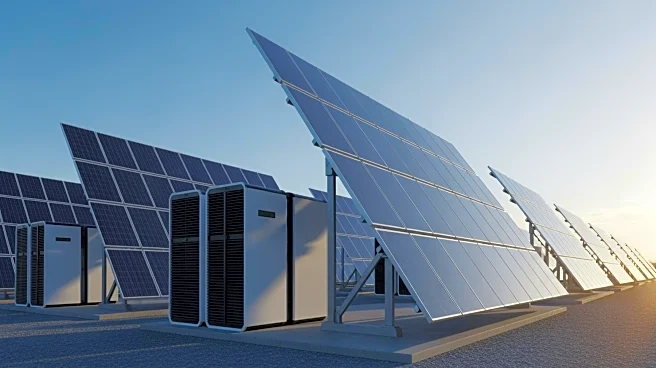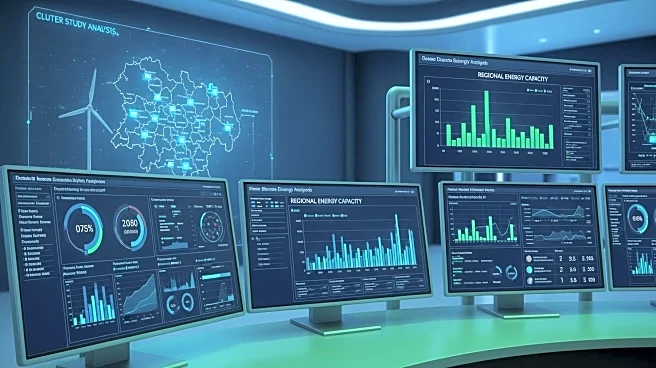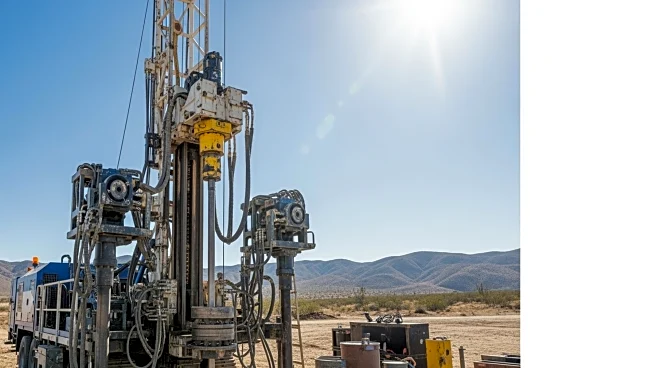What's Happening?
California has enacted a new law that allows the California Independent System Operator (CAISO) to expand its operations into a regional energy market encompassing other Western states. This legislative move, signed by Governor Gavin Newsom, aims to enhance
the efficiency of electricity sharing across state lines, particularly focusing on renewable energy sources like wind and solar. Historically, Western utilities have operated independently, connected by a series of contracts that often result in renewable energy being underutilized during peak demand periods. The new law seeks to address these inefficiencies by fostering regional coordination, which could lead to improved reliability during extreme weather events and reduced consumer costs.
Why It's Important?
The integration of a unified power grid across Western states is significant for several reasons. It promises to optimize the use of renewable energy, thereby supporting environmental goals and reducing reliance on fossil fuels. Economically, it could lower electricity costs for consumers by enabling more efficient energy trading and distribution. This development also positions the Western U.S. to better handle power demands during extreme weather conditions, potentially reducing the risk of blackouts. Stakeholders such as utility companies, consumers, and environmental advocates stand to benefit from a more reliable and cost-effective energy system.
What's Next?
The next steps involve the practical implementation of the regional energy market, which will require collaboration among various state utilities and regulatory bodies. Stakeholders will need to address technical and regulatory challenges to ensure seamless integration. The success of this initiative could serve as a model for other regions considering similar energy market expansions. Monitoring and adjustments will be necessary to optimize the grid's performance and ensure it meets the intended goals of cost savings and increased reliability.
Beyond the Headlines
This development could have long-term implications for energy policy and infrastructure in the U.S. It may encourage other states to pursue similar regional collaborations, potentially leading to a more interconnected national grid. Additionally, the focus on renewable energy aligns with broader climate change mitigation efforts, highlighting the role of policy in driving sustainable energy solutions.














